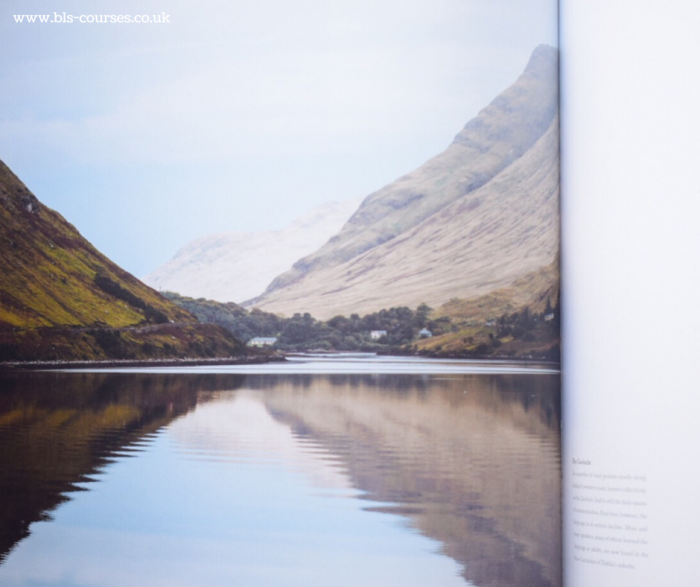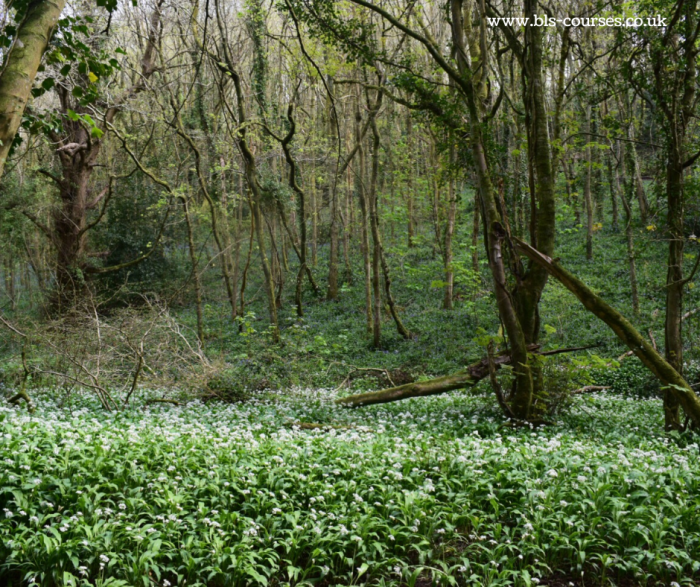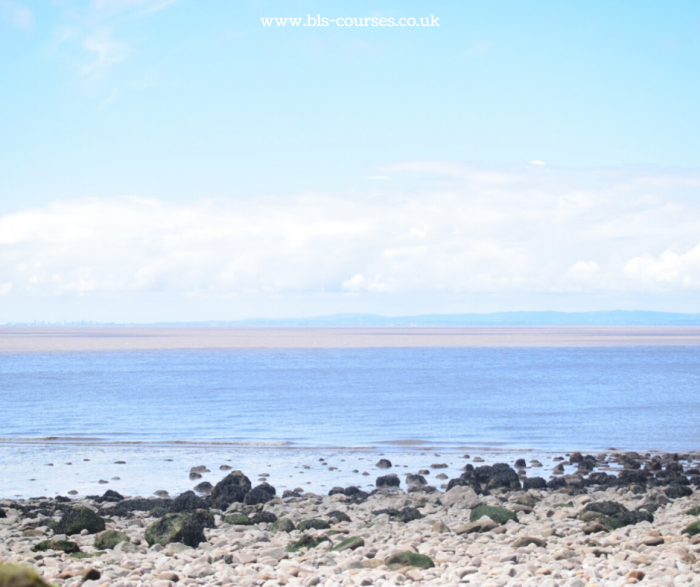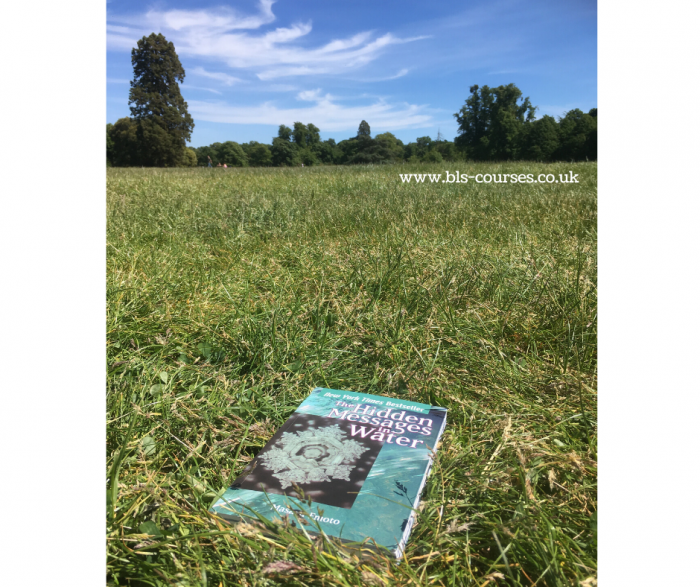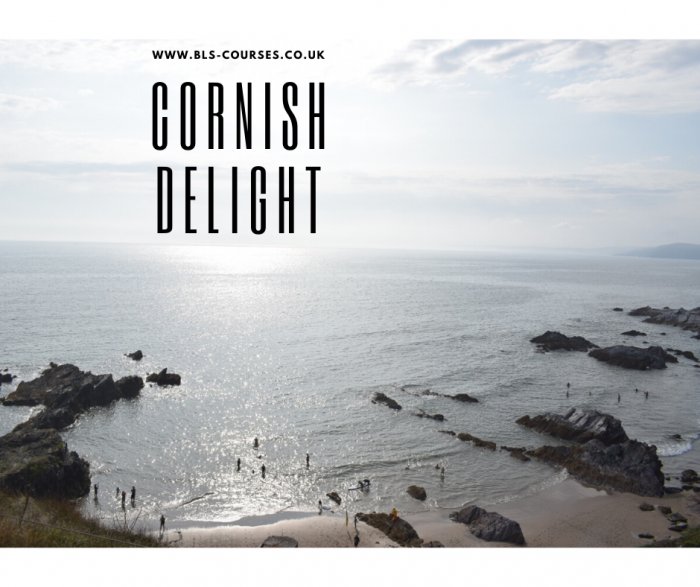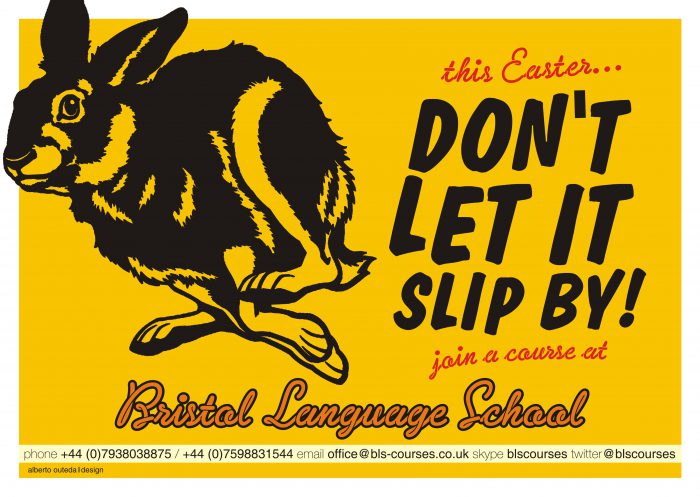The limits of my language are the limits of my world. Ludwig Wittgenstein
Today, I’m bringing up a subject very relevant to our family: bilingual home-schooling. As schools remain closed, we parents need to educate our children, and those bringing their children up bilingually have an even harder task: to prepare content in two or more languages. Below, I’ll share my tips on how to organise bilingual learning for your children and I’ll also share some inspiring blogs which helped me navigate through this unknown territory of bilingual home-education. I have two children: our older daughter is 5 and a half and our younger is 17 months old, so the below mostly refers to our older daughter.
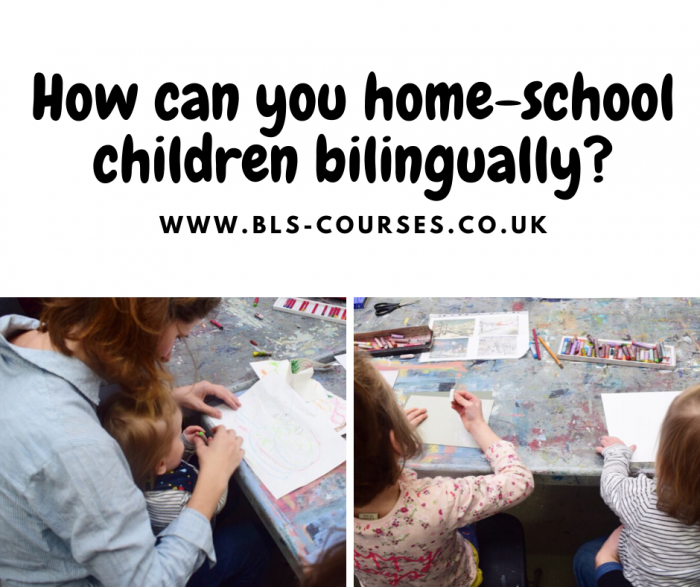
Where to start?
First, I’d start with the aims. What do you want to achieve in your home-schooling? What are your goals? In our case, we primarily speak Polish at home and we knew English would be the minority language and that we’d use it to accomplish some specific tasks / activities rather than to be used for a prolonged period of time. We receive a weekly timetable from our daughter’s school, so we follow the main points of the agenda and also add some extra-curricular activities. I’ll specify our daily routine below.
How to organise daily routine
We start our day with a healthy breakfast J and then we have some quiet time, e.g. quiet reading or playing. Then we listen to some literacy exercises or do some reading in English before switching to Polish and listening to and singing some songs in Polish. After a short break, we have some creative activities; painting, drawing, Lego model building, etc. During this time we can include numeracy / vocabulary in Polish and English. Then we have a healthy lunch J and playtime with some yoga / exercises, going for a walk or staying in the garden and having some fun together. In the late afternoon, we read aloud in English and Polish or look through some big books to learn some interesting facts about geography, nature, animals (we try to focus on different subjects either periodically or daily). In the evening, we try to encourage our daughter to help with dinner where we can ask our daughter to name some vegetables or do some counting in two languages. As you can see, our daily routine is quite simple and not over-scheduled, there is plenty of room to negotiate some elements (e.g. playing in the garden longer if the weather is nice, etc.) and we don’t always stick to it every day, but it’s good to have it in place as a frame.
How to organise resources
I check the school’s website to see the timetable and self-prepare resources and download audio-recordings. In the UK, Audible have made their stories free of charge, and the phonics website is now available to all. As for creative activities, we re-use some paper/plastic boxes, jars, etc. or use colour paper, play-dough, clay, etc. Spring time is also a good time to introduce some gardening (as we try to do, too!). Our daughter is super-excited to see how her little plants / herbs grow.
Where to find inspiration?
Fortunately, there are many blogs with inspiring content!I found it really useful to get familiar with the ten tips on bilingual home-schooling from Catalina. Here, there are many interesting insights on home-schooling from Virginia Some important questions regarding bilingual home-schooling are answered here. You can find a bilingual daily routine with four children & their mum, Michele Cherie, here. I also recommend this blog for some everyday activities that you may want to include in your daily home-schooling routine (not about bilingual schooling, but I found it so relevant!).
Bonus: Don’t forget about your daily rituals, like lighting a candle before meals or playing some tunes on xylophone before reading time. It makes every day a bit more special.
Please do let me know how you organise your daily routine of bilingual home-schooling and what resources you use. Please leave your comments below.
Kinga Macalla
